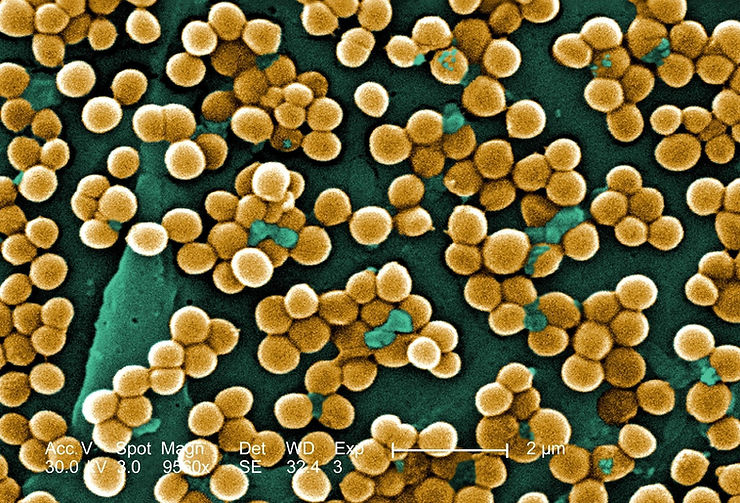By: Pranav Sampath
A breakthrough by scientists in Melbourne, Australia, has shown that a small germ called golden staph has been living in human cells like a Trojan Horse. Staphylococcus aureus, also known as golden staph, can cause a range of mild to severe infections, including of the skin and upper respiratory system, that in some cases can be deadly. This discovery may save thousands of future lives.
Researchers from the University of Melbourne studied the various mechanisms by which this organism causes infection. The team, led by Dr. Abdou Hachani, successfully demonstrated the presence of golden staph living inside a human cell, avoiding detection by the immune system. This bug has long been known to live as a “colonizer” on one’s skin and nostrils without causing harm. Dr. Hachani said, “scientists thought golden staph was a pathogen that only thrived outside living cells.”
This discovery could help with early detection of infection in patients at risk and result in earlier treatment. According to Dr. Tim Stinear, also part of the same group, “this discovery could help inform predictive medicine.”
Staphylococcus aureus was discovered in the late 1870s by Scottish surgeon Alexander Ogston. Prior to the development of penicillin in the 1940s, infections caused by golden staph were often fatal. By the 1950s, these bacteria developed resistance to penicillin, leading to the introduction of newer antibiotics.
Today, golden staph is a leading cause of serious infection worldwide. These bacteria get more resistant with time as they adapt to new antibiotic usage. Resistant staph are ubiquitous. Research on these bacteria will inform the development of newer treatments, with the hope of saving many lives globally.











